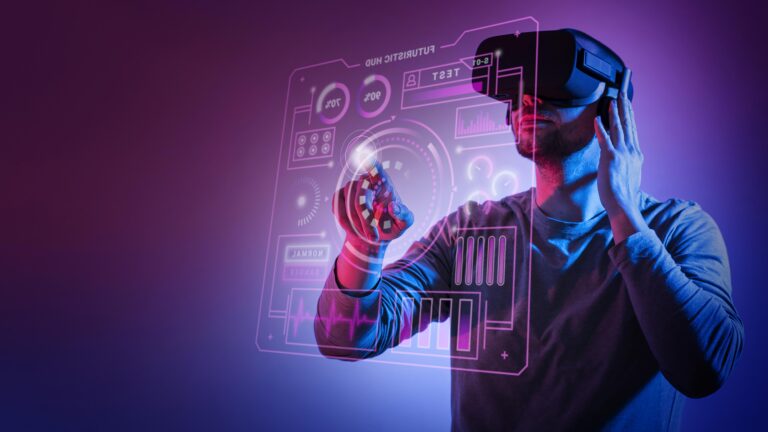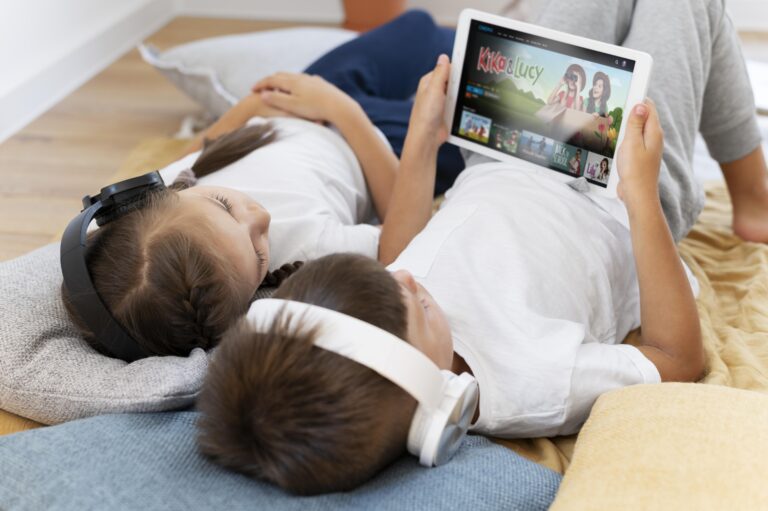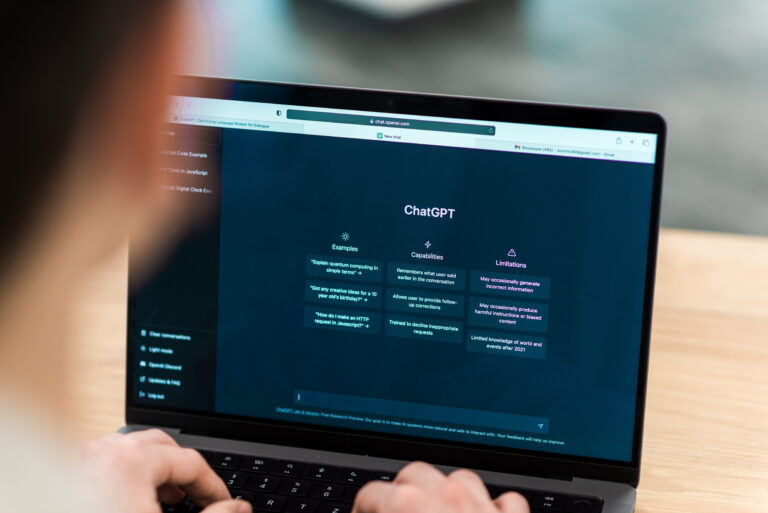
Introduction
In just over a decade, the internet has completely transformed the way we consume entertainment. The experience of waiting for a TV show at a specific time, going to a video store to rent a movie, or buying physical albums feels almost like another era. Today, streaming platforms and on-demand content have replaced traditional habits, creating a new digital culture that moves at the speed of a click.
This transformation is not just technological — it’s deeply cultural. The internet has reshaped how we spend our free time, what we watch, how we listen, and even how we define community and identity in a globalized world.
From Television to Total Personalization
Before the rise of streaming, entertainment followed a linear model. TV networks decided schedules, and audiences adapted. That has now completely reversed. Platforms like Netflix, YouTube, Spotify, and Disney+ have made entertainment a personalized experience. Each user has a unique catalog, built by algorithms that analyze preferences, behavior, and even the time of day content is consumed.
According to a report by Deloitte’s Digital Media Trends Survey (2024), over 75% of users prefer services that allow full control over what they watch and when. This shift toward personalization has redefined the idea of entertainment: it’s no longer a collective ritual, but an individual experience shaped by data and algorithms.
The Rise of Streaming Platforms
The streaming revolution began with Netflix, but it has since exploded into a crowded ecosystem that includes Amazon Prime Video, Apple TV+, HBO Max, Hulu, and countless regional services. What began as a convenient alternative to cable TV became a global industry worth hundreds of billions of dollars.
Each platform competes not only for subscribers but for attention, which has become the true currency of the digital economy. To achieve this, companies invest heavily in exclusive productions, interactive formats, and technologies that keep users engaged longer. A study from PwC (2023) estimates that by 2027, global spending on digital video streaming will surpass $150 billion, outpacing traditional television for the first time.
Cultural Globalization and Local Identity
One of the most fascinating consequences of this shift is how it blends global and local cultures. Streaming has allowed content from any corner of the world to reach massive audiences. Series like Money Heist (Spain), Squid Game (South Korea), and Dark (Germany) are clear examples of this phenomenon.
The internet has democratized visibility: languages, genres, and formats that once seemed “niche” can now become international hits. At the same time, this global exposure encourages cultural exchange and understanding across borders.
However, some critics warn of the risk of cultural homogenization. When algorithms prioritize universal appeal, local productions can lose authenticity to fit global tastes. The challenge lies in preserving cultural diversity while embracing global access.

The Social Dimension of Entertainment
Entertainment is no longer a passive activity — it’s an interactive experience. Platforms like Twitch or YouTube allow real-time participation, where viewers comment, react, and even influence creators’ content. This has given rise to a new form of digital community, where the line between audience and creator fades.
The phenomenon of “fandoms,” live streams, and social discussions around movies and series shows that entertainment today is as much about interaction as it is about content. According to the Pew Research Center (2023), 62% of young adults claim that sharing and commenting on what they watch is as important as the viewing itself.
This sense of belonging, amplified by digital communication, turns entertainment into a social ritual again — just one that happens in virtual spaces.
Binge-Watching and the Psychology of Consumption
One of the most discussed habits born from streaming culture is binge-watching — watching several episodes or even an entire season in one sitting. Platforms encourage this behavior by automatically playing the next episode and minimizing pauses between them.
While many users see binge-watching as relaxing, psychologists warn of its potential impact. Research from the University of Texas at Austin found that excessive binge-watching correlates with higher levels of fatigue, anxiety, and sleep disturbance. The constant dopamine release from long viewing sessions mimics the reward mechanisms of social media and gaming, creating cycles of overconsumption.
Moderation, experts suggest, is key to maintaining a healthy relationship with digital entertainment.
Music and the Soundtrack of Everyday Life
The transformation isn’t limited to video. Streaming has revolutionized the music industry too. Platforms like Spotify, Apple Music, and YouTube Music have replaced physical albums and downloads, creating a system where songs are accessible instantly anywhere.
Music consumption has become algorithmic, with playlists adapting to the listener’s mood, activity, or even heart rate. This personalization has made discovery easier but also raised concerns about artistic independence. Artists now design songs with streaming algorithms in mind — shorter tracks, catchy intros, and frequent releases to maintain visibility.
Despite these shifts, streaming has empowered independent musicians to reach audiences directly, bypassing traditional labels. It’s a new creative economy where opportunity coexists with algorithmic dependency.
The Economics of Streaming
Behind the convenience of “click and play” lies a complex economic model. Subscription-based services, ad-supported platforms, and hybrid models coexist in an increasingly competitive market. The abundance of options has led to subscription fatigue — users juggling multiple services while seeking affordable access.
According to Statista (2024), the average household in the United States now subscribes to four different streaming services, while 36% of users cancel at least one subscription every year due to cost or content saturation.
This constant churn forces companies to innovate, offering bundles, live sports, or unique interactive features to retain users.
The Future of Entertainment
The next step in digital entertainment is likely to merge streaming, gaming, and virtual experiences. The rise of interactive films, metaverse environments, and augmented reality suggests that entertainment will become even more immersive and personalized.
Artificial intelligence will play a central role — not only in recommendations but in content creation itself. Already, AI tools are being used to write scripts, generate music, and design visual effects. This convergence between creativity and technology raises both opportunities and ethical questions about the future of human artistry.
Conclusion
The internet has not only changed how we consume entertainment — it has redefined what entertainment means. From on-demand viewing to interactive communities, from algorithmic playlists to global cultural exchange, streaming represents a profound shift in how we connect with stories, sounds, and each other.
As users, we are both consumers and participants in this new ecosystem. The challenge lies in enjoying the boundless possibilities of digital entertainment without losing sight of balance, authenticity, and human connection.
Entertainment has become more accessible, diverse, and personalized than ever. Yet, in this age of infinite choice, perhaps the most valuable thing we can learn is to pause — to appreciate content not just as distraction, but as a reflection of who we are in an increasingly connected world.






